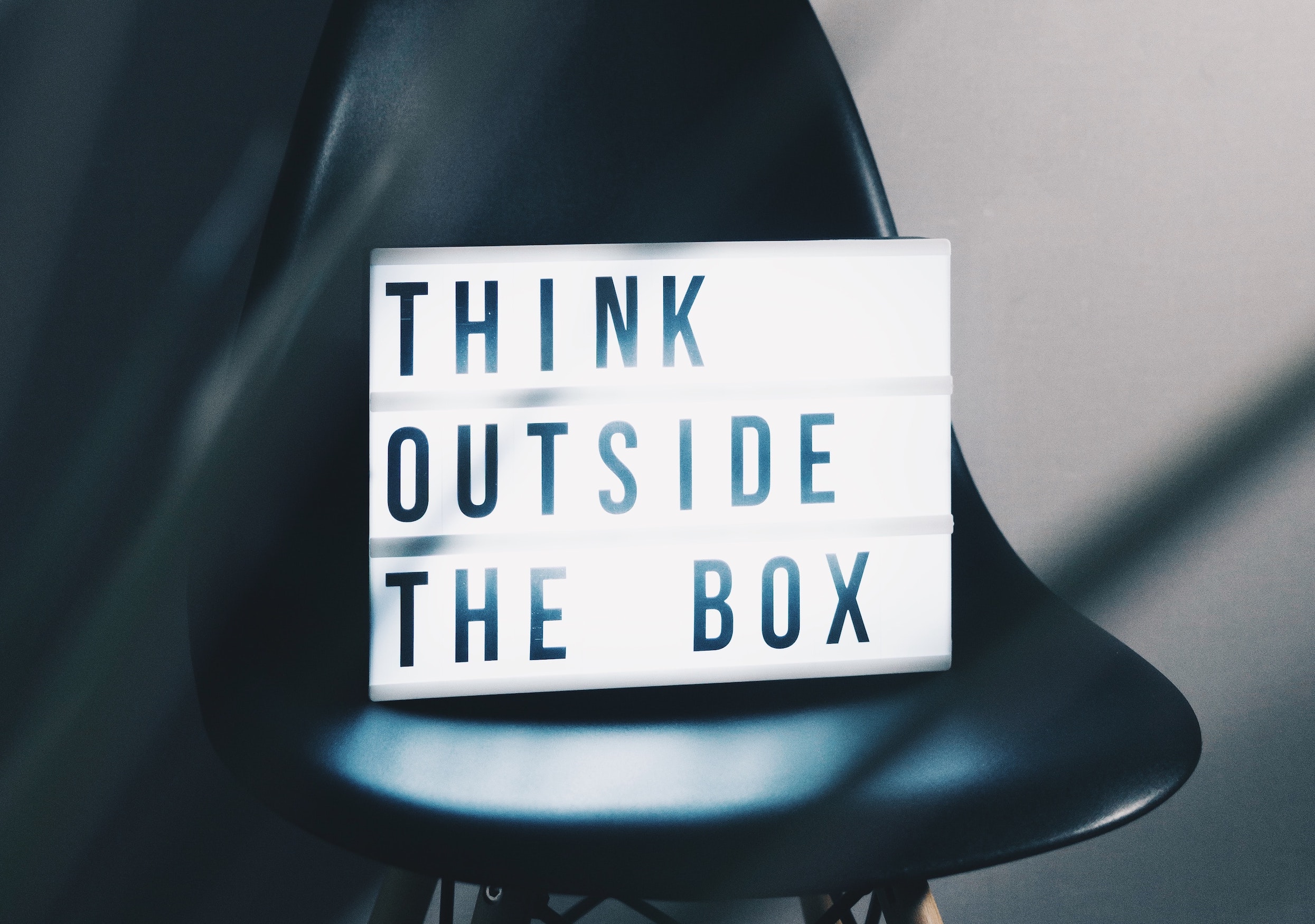

The 7 Pillars to Change Technology into an Innovation Tool
Guest post by James Clent, VP of Industry Relations at ROAR for Good
 Are you fully optimizing your technology budget? Does your spending continue to deliver on the promise that it once had pre-Covid-19?
Are you fully optimizing your technology budget? Does your spending continue to deliver on the promise that it once had pre-Covid-19?
As technology costs continue to rise and consumer expectations change, CIOs are challenged to ensure that the outcomes of their technology initiatives drive value while minimizing costs.
VP of Industry Relations at ROAR for Good James Clent shares 7 universal pillars to consider in order to maximize your technology spending, regardless of industry and company size.
Do you feel as if you’re in a never-ending downward spiral of ever-increasing budgets and frustration? You don’t have to be, but it requires immediate action to change technology into the innovation tool it is supposed to be.
- Shift the focus. Go from non-differentiating to differentiating spending. Most IT spending is not contributing to your competitive edge, but rather to incremental change to your back-office processes. IT spending has to move from cost-optimization to top-line development. And you do this by asking a simple question for every dollar to be allocated: “does this contribute to our overall success, will this make a difference to our customer”. This benefit can be both direct and indirect; for instance, an investment to improve the ability of the sales team to communicate in a relevant way to your customer will only indirectly be experienced by the customer, but the overall customer experience goes up, and with that the willingness of those customers to do business with you.
- Utilize micro-services. These are solutions at the speed of business. The top line of the business is driven by a lot of factors and initiatives, but very few of those can wait for the delivery of relevant tech six months from now. But more and more our customers expect digital solutions from us that make their life and way of doing business easier.
Therefore, the focus of IT spending should be on small investments with a big impact, that can be delivered within a short timeframe to meet the needs of the initiative or market opportunity that is at hand. The important part is the speed of delivery, availability in time for maximum effect, and alignment with the operational initiatives or market opportunities. The solution does not have to be perfect to be effective, but it does have to be reliable, stable, and offer the required functionality to the customer.
- Measure effectiveness through data and insights. The old adagio “what gets measured, gets done” is still true, but that is not what I’m talking about here. In today’s business world we are supposed to reinvent ourselves continually to stay relevant and ahead of the curve. Also, there is the need to establish just how effective our initiatives are, so we can stop throwing good money after bad decisions, and focus on those that drive results. It is therefore important to correlate how each of our actions affected the overall results because there are always multiple initiatives out of different departments or divisions. For that we need data, and markers to analyze that data.
- Streamline DevOps and operations by partnering with vendors. With so many different initiatives to deliver on, that may depend on vastly different technologies to be deployed; it is vitally important not to get into resource lock-down. Resource lock-down comes from having a development staff that has to be continuously engaged to be cost-effective, and thus is not able to nimbly turn on a dime to start working on a new initiative or deliverable. How does an organization quickly change IT development skills to have the most relevant skills on hand for the delivery of these initiatives?
The solution is simple, partner with those who do and be ready to keep demanding forward-looking investments from those partners. To be able to work in parallel and not end up with your partner in resource lock-down, it is important to have multiple relationships with various partners and keep those relationships alive and well. This will allow new initiatives to be allocated to available resources somewhere in your partnership landscape.
- Use competitive Talent Strategy. However, when the development of mission-critical and differentiating solutions is required, there is another model that can be used very effectively, that forms a hybrid between in-house, outsourced, and offshore development. Over the last few years, a new and very interesting model has been introduced to the market, spearheaded by SMC Squared.
They call this model the Build, Operate, and Transfer (BOT) model. The way it works is deceptively simple and effective. Overseas outsourcing has proved to be only beneficial when one has control over the Intellectual Property, the domain knowledge, solution concept, and development processes. In the BOT process SMC2 takes on this role for you within their locations and builds a dedicated team for you in the appropriate labor market, combining think-tank, architectural, and development cycle resources. However, this is not ‘their’ team and as such you could lose your competitive edge. This is “your” team, created (built), managed, and operated (operated) by SMC2 until such time that you are ready for this team to be transferred into your organization permanently.
Why is this so attractive? Most of us don’t have the infrastructure to recruit, operate, and execute in remote markets, and certainly not with the direct focus on enterprise needs, requirements, and standards. SMC2 does have these capabilities and can streamline this process for you.
- Organize for success. Now you will probably say that the above is nothing new and that outsourcing has been around for decades now and has not proven to be as effective as was promised by the various vendors of overseas resources. All of which is true, which is why this pillar is the most important of all of them!
The principles of pillar one apply to the organization of the technology department even more so than to the technologies used, server stacks, data-centers, tools deployed, or methodologies. The principle of Business Intelligence applies here too. Technology labor is likely the most costly factor in the entire IT budget.
So, focus on the differentiators, but don’t make the mistake of ignoring the non-differentiators. However, even the latter don’t need to have prime attention; they do need uninterrupted service since the majority of your business is still operated on those.
- Budget with transparency. The entire IT cost is now a direct function of the support they provide and can be allocated to the departments that use those services (ticket volume can be a great driver for these allocation algorithms). All spending above the basic budget is directly tied to the ROI of the business initiative they are being allocated for. DevOps cost, as well as cloud resources, can all be related without question to the service they are providing, making the IT spending more transparent and understandable.
Now the spending can still be high, but there is clarity as to what it is used for, and how it is being spent in a manner that is easily understandable by all other (non-IT) business leaders.
Even though this is not directly a pillar, in my experience it is what is needed to transform from a cost devouring black-hole into a valued part of the business, which in itself is needed for the business to be able to embark on the journey described above with confidence and commitment.
Read more about how SMC Squared partners with clients to save an average of 42% on IT talent as they turn to our innovative Global Insourcing Centers.
Want to go inside a GIC? Click here.
For more information contact:
Trent Michaels
Director, Business Development
trent.michaels@smc2.com
More Perspectives:

SMC2 Blog: Building an Engaged and Retained Team for Your Global Capability Center
In the journey of establishing a Global Capability Center (GCC), one of the pivotal steps, as discussed in our previous article “How to Hire the Right People for Your GCC in India”, is ensuring you have the right team on board. However, the journey doesn’t end there. As COO and Co-Founder of SMC Squared Steven Stephan emphasizes, “Initiating, recruiting, and nurturing a team that’s not just skilled but is also deeply engaged and retained is equally crucial.”

How to Hire the Right People for Your Global Capability Center (GCC)
To address this crucial need for adaptability, we proudly present GCC-as-a-Service, a game-changing approach that offers CIOs unparalleled freedom in selecting the services they need, and nothing more.

SMC Squared: Pioneering Innovation and Collaboration at NTTC 2023
To address this crucial need for adaptability, we proudly present GCC-as-a-Service, a game-changing approach that offers CIOs unparalleled freedom in selecting the services they need, and nothing more.

Introducing GCC-as-a-Service: Empowering Multinational Companies to Build and Manage Global Capability Centers with Flexibility and Ease
To address this crucial need for adaptability, we proudly present GCC-as-a-Service, a game-changing approach that offers CIOs unparalleled freedom in selecting the services they need, and nothing more.
Scale Your Tech Output: Step 1
Complimentary Strategic Assessment Meeting. Send us a message and tell us when would be a convenient time to learn more about what a Global Insourcing solution can do for your organization.
